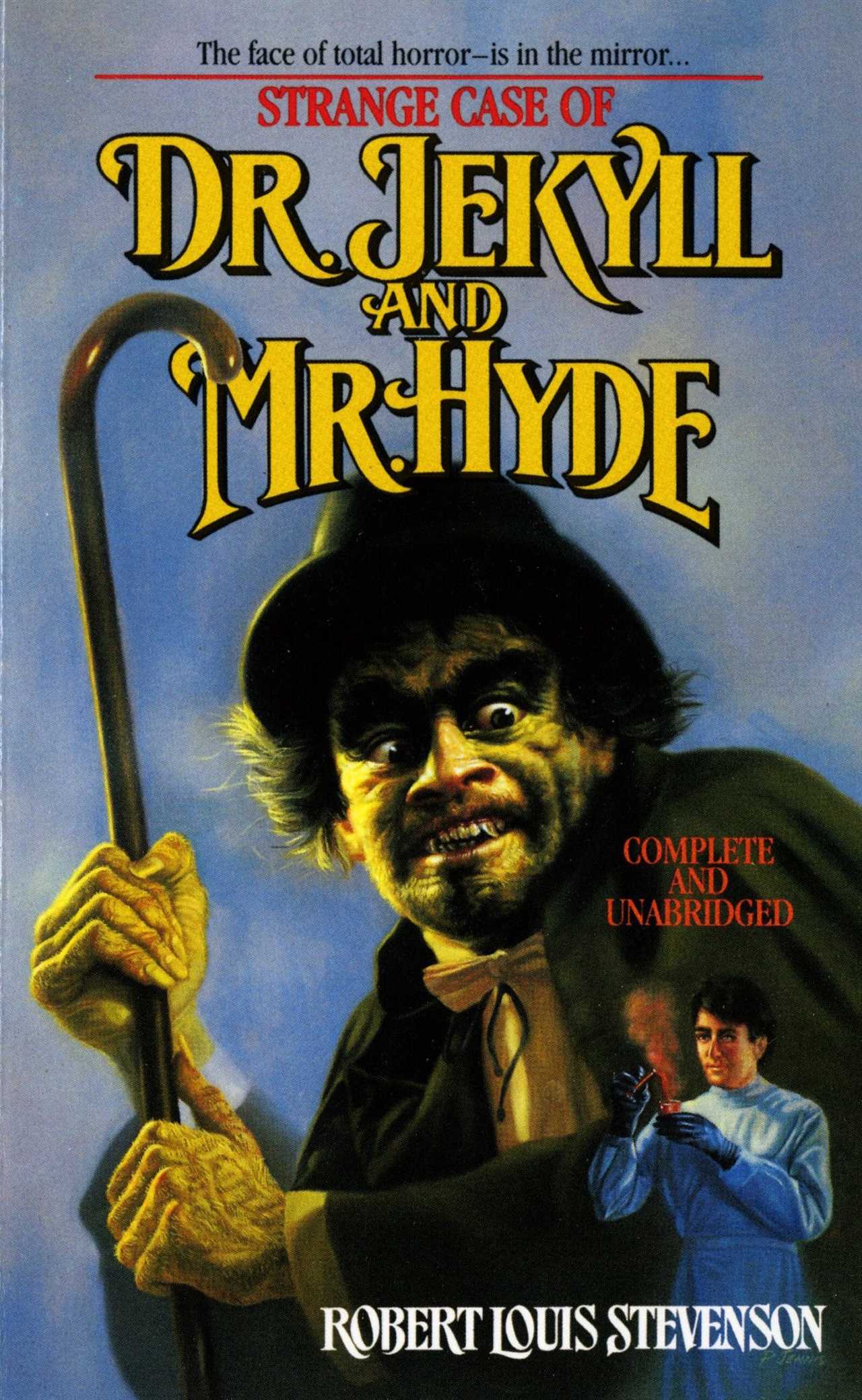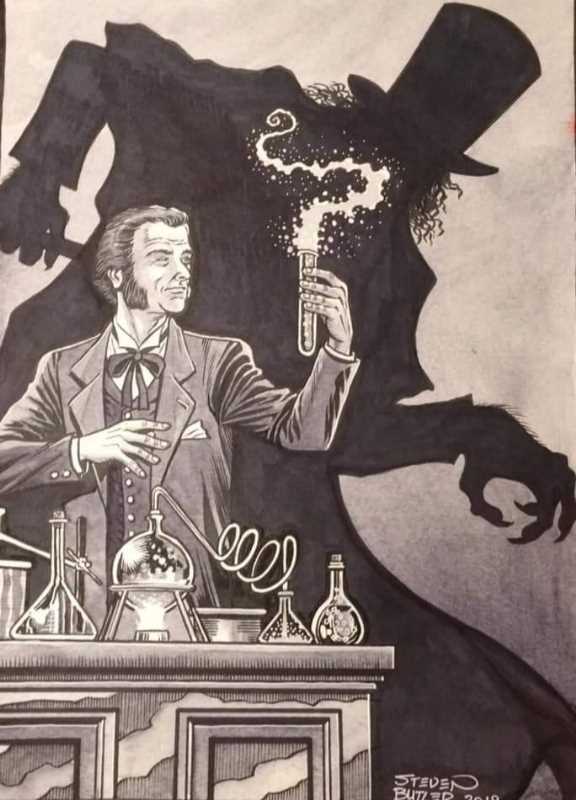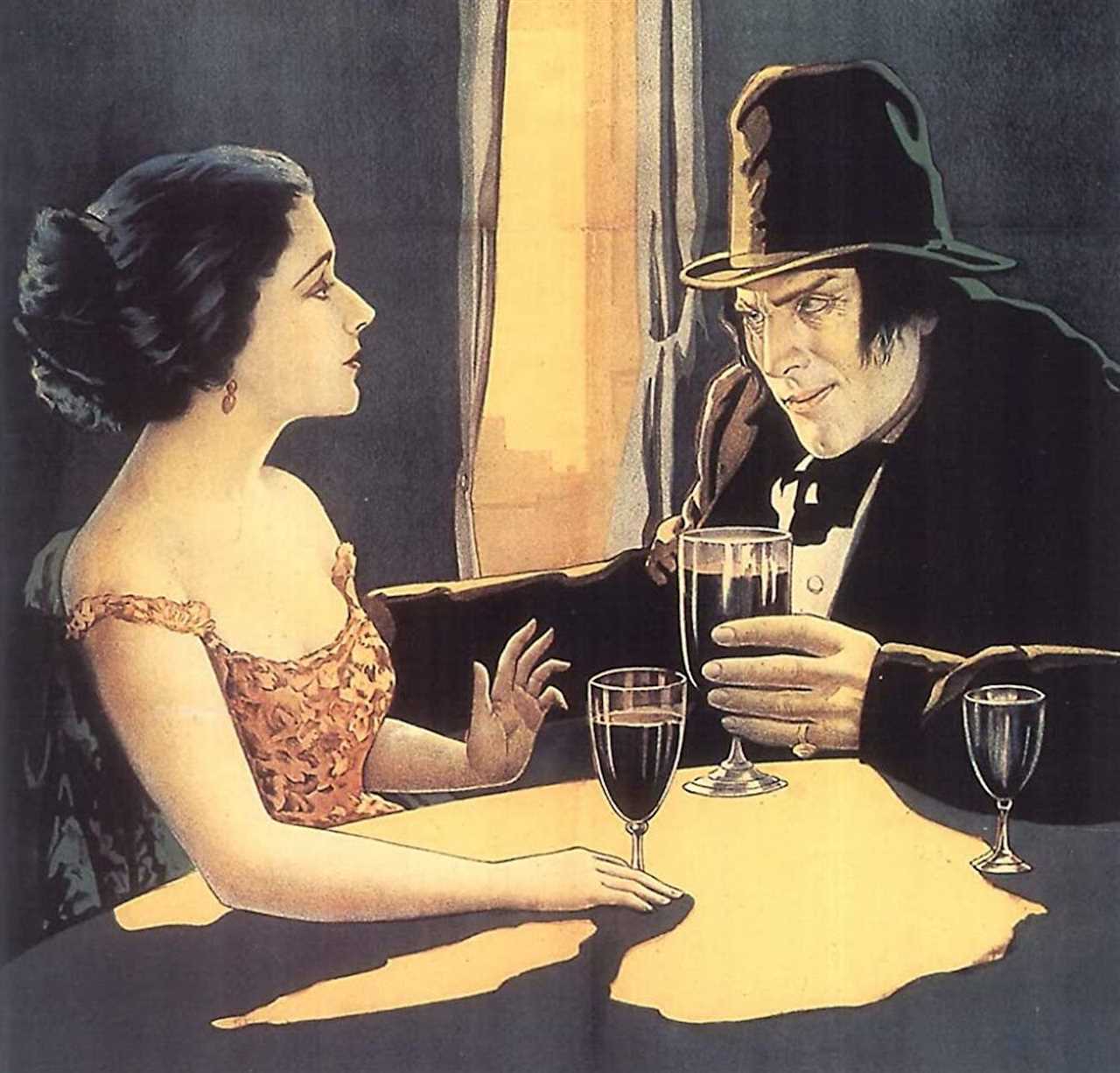Jekyll and Hyde: Unraveling the Dual Nature of a Troubled Mind
Dr. Jekyll and Mr. Hyde is a classic novel written by Robert Louis Stevenson that delves into the depths of the human psyche and explores the concept of duality. The story follows the protagonist, Dr. Henry Jekyll, a respected and esteemed scientist, as he struggles with his inner demons and the dark side of his personality.
The Dual Nature of Dr. Jekyll
As Dr. Jekyll, he is a well-respected member of society, known for his intelligence and kindness. However, as Mr. Hyde, he indulges in his darkest desires and commits heinous acts without remorse. This duality in his character highlights the struggle between good and evil within each person and raises questions about the nature of humanity.
The Sinister Transformation of Mr. Hyde

Mr. Hyde, the alter ego of Dr. Jekyll, represents the embodiment of evil and the consequences of unchecked desires. He is described as a repugnant and deformed individual, with a sinister aura that instills fear in those who encounter him. His actions are characterized by violence, cruelty, and a complete disregard for moral values.
Through the transformation into Mr. Hyde, Dr. Jekyll experiences a sense of liberation and freedom from societal constraints. However, he soon realizes that his alter ego is uncontrollable and begins to take over his life. The more he indulges in his dark side, the harder it becomes for him to return to his original form as Dr. Jekyll.
The Inner Struggle of Dr. Jekyll
Dr. Jekyll, the main character in Robert Louis Stevenson’s novel “The Strange Case of Dr. Jekyll and Mr. Hyde,” is a man tormented by his own dual nature. The story explores the inner struggle that Dr. Jekyll faces as he tries to separate his good and evil sides.
At the beginning of the story, Dr. Jekyll is a respected and well-regarded member of society. However, he becomes increasingly aware of the evil impulses that reside within him. In an attempt to control and suppress these dark desires, he develops a potion that transforms him into Mr. Hyde, his alter ego.
The transformation into Mr. Hyde allows Dr. Jekyll to indulge in his darkest desires without fear of consequences. However, as time goes on, Dr. Jekyll realizes that he is losing control over his transformations. Mr. Hyde becomes more dominant, and Dr. Jekyll struggles to maintain his own identity.
This inner struggle is depicted through the physical changes that Dr. Jekyll undergoes. When he transforms into Mr. Hyde, his appearance changes drastically. He becomes smaller, uglier, and more sinister-looking. This physical transformation mirrors the internal battle between good and evil that Dr. Jekyll is experiencing.
The inner struggle of Dr. Jekyll serves as a cautionary tale about the dangers of suppressing one’s true nature. It highlights the importance of accepting and acknowledging all aspects of oneself, both good and bad. By denying his dark side, Dr. Jekyll unleashes a destructive force that ultimately leads to his downfall.
The Symbolism of the Transformation

The transformation of Dr. Jekyll into Mr. Hyde is not only a physical change but also a symbolic one. It represents the duality of human nature and the potential for evil that exists within all of us. The story raises questions about the nature of identity and the consequences of denying one’s true self.
The Lessons Learned
Through the inner struggle of Dr. Jekyll, readers are reminded of the importance of self-acceptance and the dangers of suppressing one’s true nature. The story serves as a reminder that denying our darker impulses can lead to disastrous consequences. It encourages us to embrace all aspects of ourselves and strive for balance in our lives.
| Key Points |
|---|
| Dr. Jekyll is a man tormented by his dual nature. |
| He develops a potion that transforms him into Mr. Hyde. |
| Dr. Jekyll struggles to maintain control over his transformations. |
| The physical transformation mirrors the internal battle between good and evil. |
| The story serves as a cautionary tale about the dangers of suppressing one’s true nature. |
The Sinister Transformation of Mr. Hyde

Dr. Jekyll and Mr. Hyde is a classic novel that explores the duality of human nature. The story follows the transformation of the respectable Dr. Jekyll into the sinister Mr. Hyde, highlighting the dark side that exists within all of us.
Mr. Hyde is everything that Dr. Jekyll is not. He is cruel, violent, and indulges in his darkest desires without remorse. The transformation into Hyde allows Jekyll to indulge in his darkest fantasies without fear of judgment or consequence.
However, as Jekyll continues to transform into Hyde, he finds it increasingly difficult to control his alter ego. Hyde becomes more powerful and takes over Jekyll’s life, leading to a series of horrific events. Jekyll’s transformation into Hyde represents the dangerous consequences of suppressing one’s true nature.
The character of Mr. Hyde is a symbol of the darkness that resides within all of us. He represents the repressed desires and impulses that society deems unacceptable. Jekyll’s struggle with his alter ego serves as a cautionary tale about the dangers of denying one’s true self.
Ultimately, Jekyll’s experiment with his dual nature leads to his downfall. He is unable to control Hyde, and the evil within him consumes him entirely. The story serves as a reminder that we must confront and accept our own inner demons rather than trying to suppress them.

Emily Bibb simplifies finance through bestselling books and articles, bridging complex concepts for everyday understanding. Engaging audiences via social media, she shares insights for financial success. Active in seminars and philanthropy, Bibb aims to create a more financially informed society, driven by her passion for empowering others.
